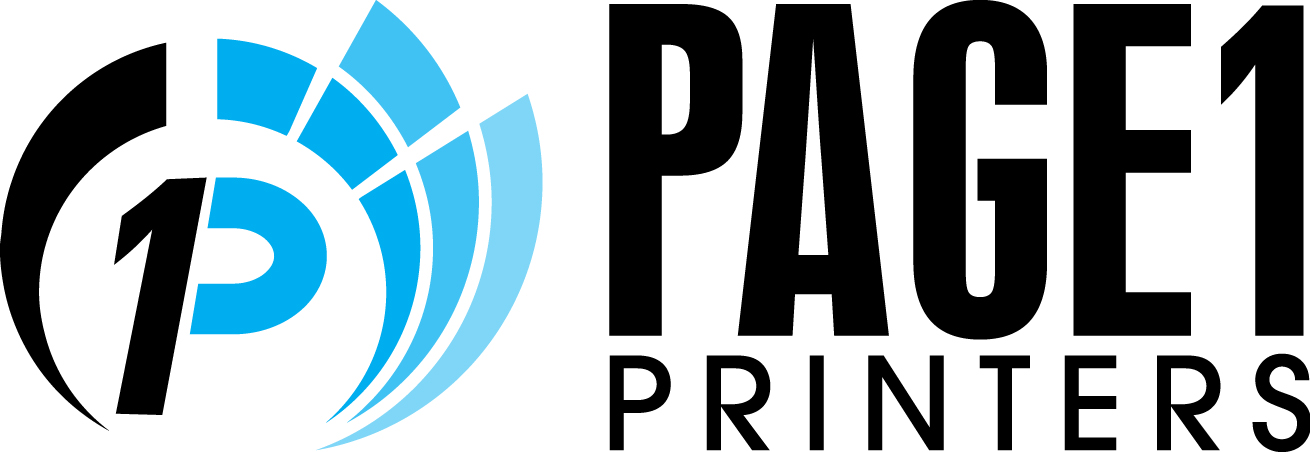Exploring the World of Web Offset Printing
Introduction
In the ever-evolving landscape of printing technology, web offset printing stands as a stalwart, delivering high-quality, high-speed, and cost-effective results for a wide range of industries. This versatile printing method has been a cornerstone of the publishing, newspaper, and packaging industries for decades, and it continues to play a crucial role in today’s digital age. We’ll delve into the world of web offset printing, exploring its principles, advantages, and applications.
Understanding Web Offset Printing
Web offset printing is a type of offset printing that uses rolls of paper instead of individual sheets. It’s called “web” offset because it employs a continuous roll of paper (the “web”) that is fed through the press. This continuous process enables remarkably high-speed printing and makes it ideal for large-volume printing jobs, such as newspapers, magazines, catalogs, and packaging materials.
Key Components of a Web Offset Press
- Rolls of Paper: As mentioned earlier, web offset printing uses rolls of paper instead of individual sheets. These rolls can be massive, allowing for uninterrupted printing over long runs.
- Printing Plates: Offset printing relies on the principle that oil and water don’t mix. Printing plates are etched with the image to be printed. The image areas attract ink, while the non-image areas repel it. This ink is then transferred to a rubber blanket and from there onto the paper.
- Ink Units: A web offset press typically has multiple ink units, each dedicated to a specific color (e.g., CMYK). These units apply the ink to the printing plates in precise quantities to create the final image.
- Rollers and Blankets: Rollers play a crucial role in spreading the ink evenly on the printing plates and transferring it to the paper through a rubber blanket.
Advantages of Web Offset Printing
- High Speed: Web offset presses can achieve incredibly high speeds, making them ideal for large print runs.
- Consistent Quality: The offset process produces consistently high print quality, with sharp images and vibrant colors.
- Cost-Effective: When producing large quantities, web offset printing is cost-effective due to its efficiency and minimal material waste.
- Versatility: It can handle a variety of paper types and sizes, from newsprint to glossy magazine paper.
Applications of Web Offset Printing
- Newspapers: Web offset printing has long been the preferred method for producing newspapers due to its speed and cost-effectiveness.
- Magazines: Many magazines are still printed using web offset technology, especially those with large circulations.
- Catalogs and Brochures: Businesses use web offset printing to produce product catalogs and promotional brochures in high volumes.
- Packaging: It’s also employed for printing packaging materials like food labels, cartons, and flexible packaging.
Conclusion
Web offset printing continues to be a reliable and efficient method for producing high-quality printed materials in large quantities. Its speed, cost-effectiveness, and ability to handle various paper types have ensured its enduring relevance in the printing industry. As technology continues to advance, web offset printing remains a valuable tool for delivering mass-produced printed materials to a diverse range of industries.
Web Printing Maximizes Efficiency, Reduces Cost Per Piece
Pick a time day or night and you will find the Page 1 Printers web printing press running. This automated setup is geared towards both small and large volumes at maximum efficiency. With the web press, you’ll get full color, quality color, and picture reproduction, and you’ll maximize your cost per piece ratio.
Key Facts
- For small or large runs (1,000 to several 100k)
- Runs around the clock Sunday night through Friday night
Ideal Formats For The Web Press
- Newspapers
- Tabloids
- Books
